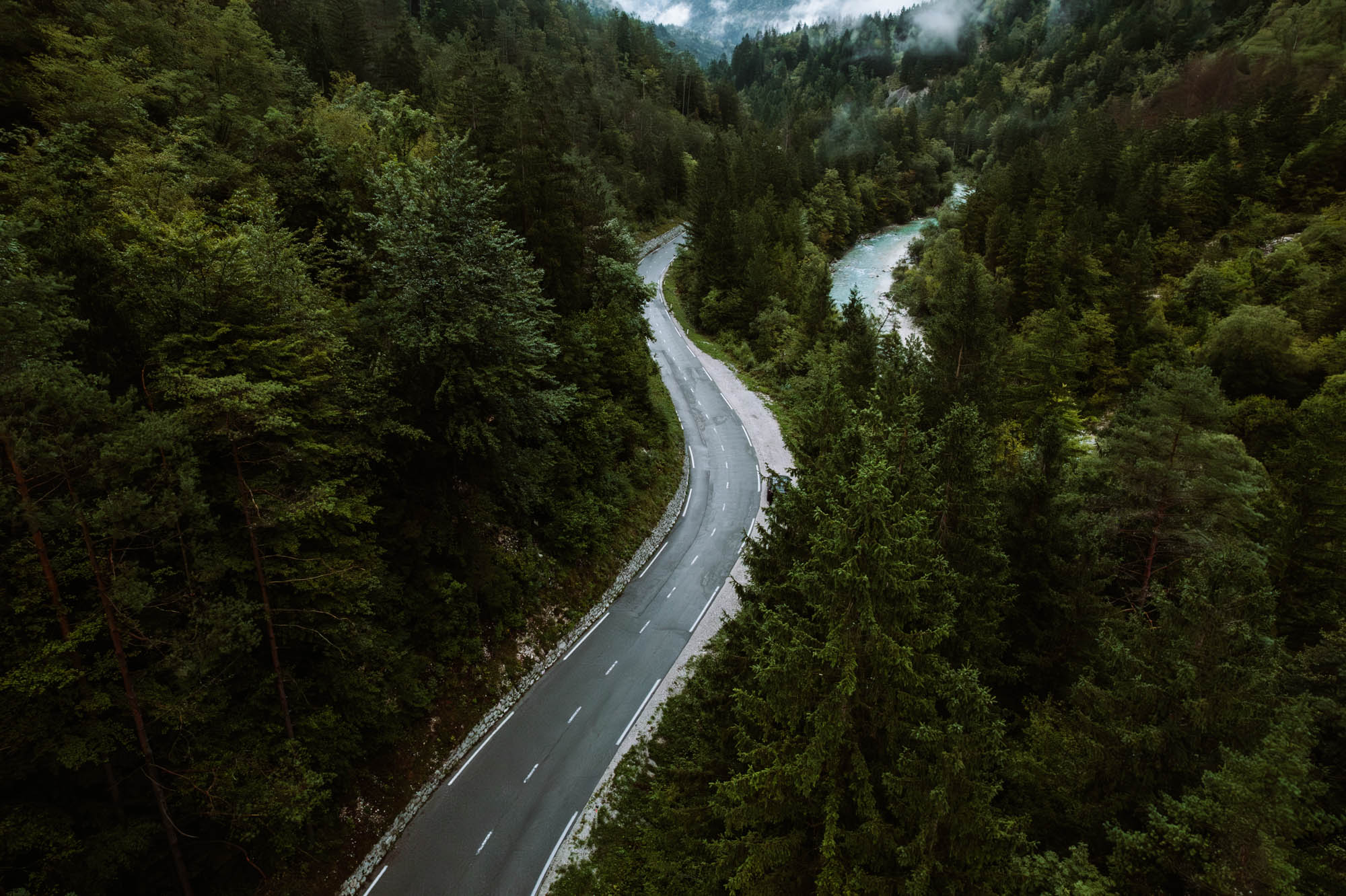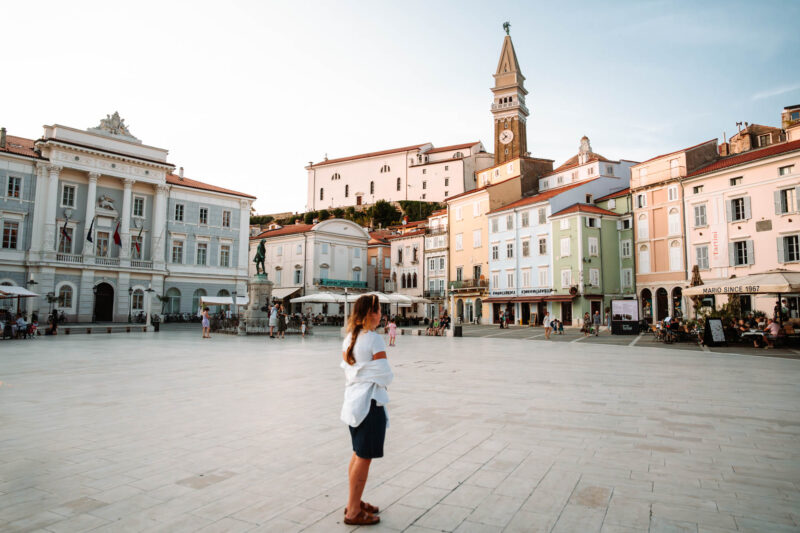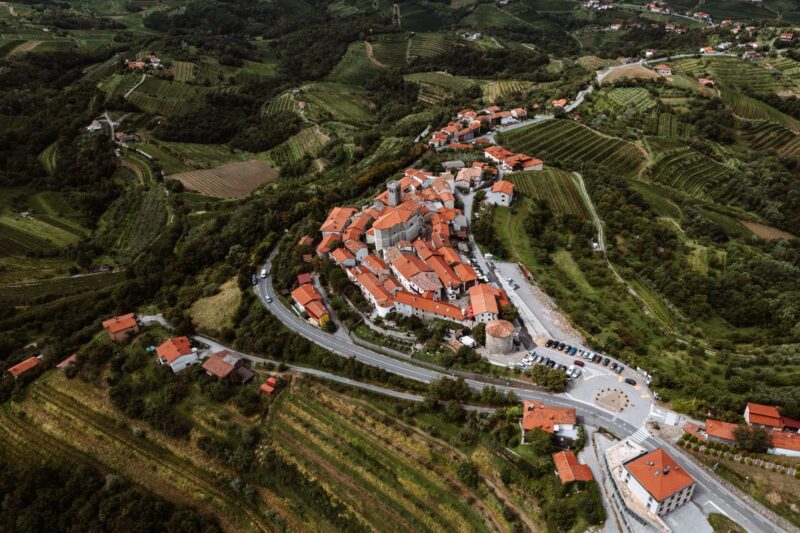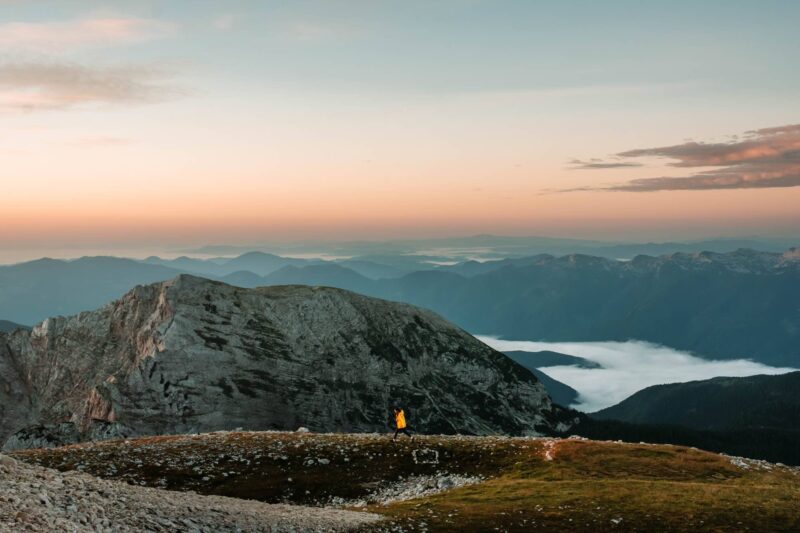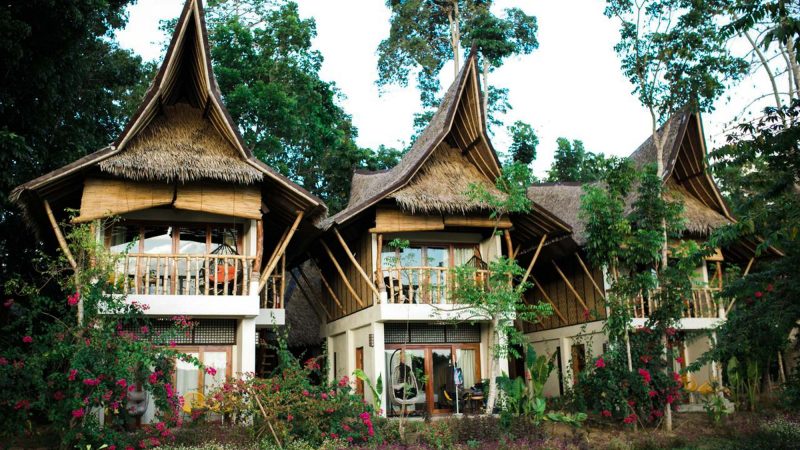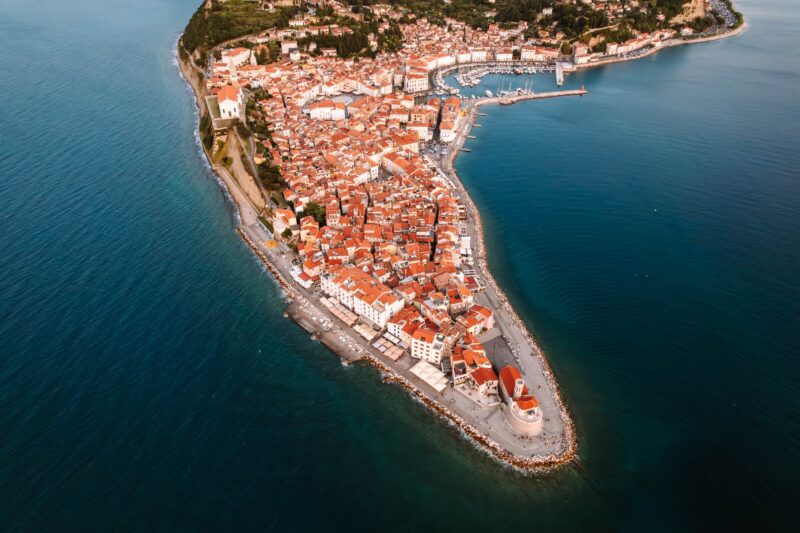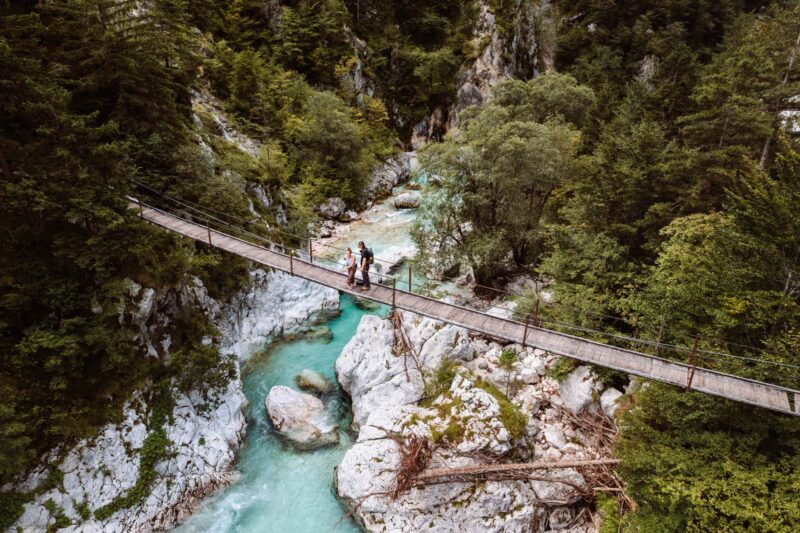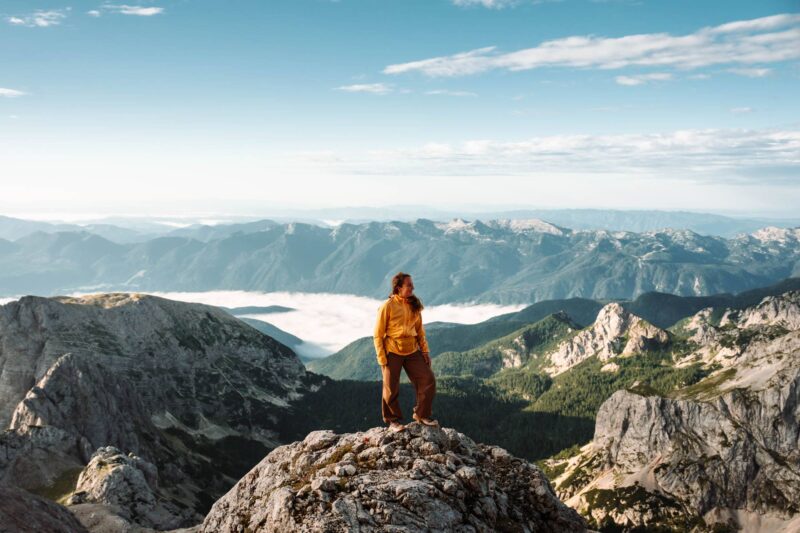Renting a car in Slovenia is an excellent idea — this country is made for a road trip! Driving through the Julian Alps, past emerald-green rivers, vast vineyards, and charming towns, you’ll quickly discover just how diverse Slovenia is. With a rental car, you’re free to stop wherever you like and explore at your own pace. Start the engine, play your favorite playlist, and let yourself be amazed by the beauty of this small but stunning country. Of course, it’s smart to be well-prepared before you hit the road. In this article, you’ll find everything you need to know about driving in Slovenia, from traffic rules and our experiences to practical tips for renting a car.
Is Driving in Slovenia Safe?
Driving in Slovenia is safe and comfortable. The infrastructure is modern, highways are well-maintained, and most drivers follow the rules. Compared to many other Balkan countries, the traffic here is calm and predictable. However, keep in mind that you’ll often be driving through mountainous terrain — with steep slopes, sharp turns, and narrow roads that require concentration and a relaxed driving style. Outside the cities, you’ll frequently encounter cyclists, pedestrians, or tractors. Also note that in the mountains, sudden fog or rain can appear, and roads can get slippery during colder months.

Traffic Rules in Slovenia
The traffic rules are very similar to those in Western Europe or the U.S., but there are a few key differences:
- Headlights required at all times: You must drive with your headlights on 24 hours a day.
- Winter tires: From November 15 to March 15, winter tires are mandatory — especially in mountainous areas. If you rent a car during this period, the rental company will provide them.
- E-vignette: To drive on Slovenian highways, you need a digital toll sticker (vignette). Rental cars already include this, so you don’t need to arrange it yourself. If you’re driving your own car, you can buy it online in advance or at a gas station near the border.
- Speed limits: 50 km/h (31 mph) in urban areas, 90 km/h (56 mph) outside towns, 110 km/h (68 mph) on expressways, and 130 km/h (81 mph) on highways. Always check the signs, as lower limits may apply in mountain areas or roadworks zones — and speed checks are frequent.
How Are the Roads in Slovenia?
Roads in Slovenia are generally excellent. Highways (avtoceste) and main roads are wide, smooth, and well-marked. Mountain roads tend to be narrower with steep climbs and sharp switchbacks. Rural roads may be less maintained but are still paved. Off-road driving is prohibited for tourists, so you won’t accidentally end up on unpaved terrain.
Do You Need a 4×4 in Slovenia?
Renting a 4×4 might sound adventurous, but it’s not necessary in Slovenia. All roads to popular destinations — such as Lake Bled, Lake Bohinj, Triglav National Park, and the Soča Valley — are fully paved. Off-road driving is not allowed for tourists anyway. A regular sedan or compact SUV is perfectly fine. Consider a larger car only if you want extra space or comfort, such as when traveling with a group or lots of luggage.
Getting around Slovenia is easy with Google Maps or similar apps. Most rental cars let you connect your phone to the infotainment system. Be sure to download offline maps beforehand, as cell service can drop out in the mountains or countryside. Google Maps is usually reliable but may sometimes suggest odd detours — if in doubt, follow the road signs or ask locals for directions.
Minimum Age to Rent a Car in Slovenia
Most rental companies in Slovenia require drivers to be at least 25 years old. However, with a “young driver” option, you can usually rent a car from age 21, sometimes with an extra fee. You also need to have held your driver’s license for at least one year. Policies vary by company, so always check the age requirements and any additional fees for younger drivers in advance.

Fueling Up in Slovenia
Filling up your tank in Slovenia is easy and straightforward. You’ll find plenty of gas stations along highways and even in smaller towns. Most are open from early morning until late evening, and many offer 24-hour service through automated pumps. You can pay almost everywhere with debit or credit card. Most stations are self-service, though some still have attendants who will fill your car for you. Note that diesel is labeled “dizel” and gasoline is marked “95” or “98.” Fuel prices are typically a bit lower than in many Western European countries.
You’ll Need a Credit Card to Rent a Car
Just like in most countries, you’ll need a credit card to pick up a rental car in Slovenia. The security deposit is held on the card of the main driver, and the name must match the rental agreement. If the card is under a different name or doesn’t have enough available balance, you won’t be able to collect the car. Always bring a valid credit card in the name of the main driver. Don’t have one yet? We recommend this travel credit card.
What does it cost to rent a car in Slovenia?
When renting a car in Slovenia, prices can vary depending on the season and how early you book. Booking a rental car through Rentalcars.com is highly recommended for Slovenia. With a rental car, you always have a chance of damage and problems along the way, which is why it’s smart to book with a reliable party. At Rentalcars, you can always take out a Full Protection Insurance, you can change your booking for free and all conditions are clearly indicated. So you don’t have to worry about snags and if something goes wrong on your trip, everything is always reimbursed and taken care of. This is totally worth it as far as we are concerned, especially on holiday.
Note: Sometimes the local rental company will try to sell you extra insurances. These are absolutely unnecessary as everything is covered with Rentalcars’ Full Protection Insurance. So don’t be fooled because you are 100% covered, even your excess will be refunded in case of damage.
Price hikes due to shortage of cars: There is currently a huge shortage of rental cars worldwide. To survive the corona crisis, car rental companies have had to sell a large portion of their cars. Since demand is rising fast, there are not enough chips for new cars and prices are skyrocketing due to the shortage. As a result, many rental cars are double the price or even fully booked. It’s best to book as early as possible to be sure of a rental car that is still somewhat affordable. At Rentalcars.com, you can currently cancel or change your booking free of charge up to 48 hours in advance, so you are not stuck with anything but still be sure of a rental car.
